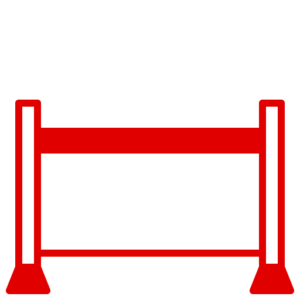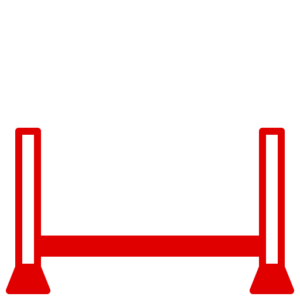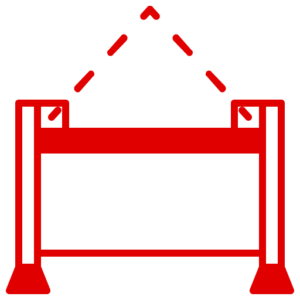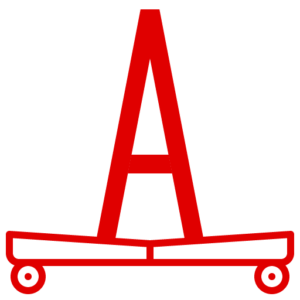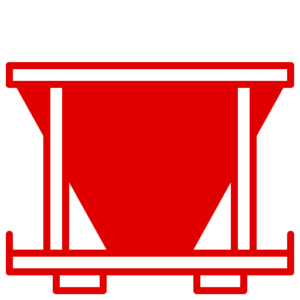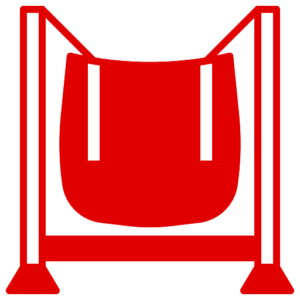News
Stillages Conducting Thorough Examination under LOLER – A Step-by-Step Guide
When it comes to safety in lifting operations, ensuring the integrity and proper functioning of stillages is crucial. Not only do they play a fundamental role in efficient material handling, but their condition also directly impacts the safety of the operation. As a reputable provider of stillages and cages, Lowe Stillages and Cages is dedicated to ensuring these assets adhere to the highest safety standards set by the Lifting Operations and Lifting Equipment Regulations (LOLER).
LOLER outlines specific requirements for routine and thorough examinations of lifting equipment, including stillages. These checks are designed to assess the functionality, condition, and safety of the equipment. Here, we provide a five-step process to guide you through a comprehensive examination of stillages under LOLER regulations.
Visual Inspection
Start with a meticulous visual examination of the stillages. Look for any signs of damage, wear, or corrosion. Pay particular attention to the structural components, welds, joints, and fasteners. Ensuring these elements are intact and in good condition is a fundamental step in guaranteeing the safety and longevity of your stillages.
Load Capacity Verification
A key component of LOLER compliance is the correct usage of stillages within their designated load limits. Cross-check the manufacturer’s specifications and markings to verify the stillage’s load capacity. Exceeding these limits can lead to equipment failure and pose significant safety risks.
Functional Testing
Carry out functional tests to assess the operational efficiency of any movable or adjustable parts. This could include testing locking mechanisms, gates, or any other features vital to the safe use of the stillages. This step helps ensure that all parts of the stillage are functioning as intended, thereby promoting safe and efficient operations.
Stability Assessment
A thorough examination also includes assessing the overall balance and structural integrity of the stillages. This stability assessment involves inspecting any factors that could compromise stability, such as bent or damaged structural elements or excessive wear on load-bearing components.
Documentation and Reporting
Finally, maintain detailed records of the examination, including the date of the check, the findings, and any corrective actions that may be necessary. In case any defects or issues are identified during the examination, ensure that they are documented and promptly addressed, either through repair or replacement.
By following these steps, a thorough examination of stillages in accordance with LOLER regulations can be achieved. It is vital to involve competent persons or organisations experienced in inspecting lifting equipment and adhering to LOLER requirements for this task. This promotes compliance with LOLER and, ultimately, the safety and proper functioning of stillages during lifting operations.


